
Choosing the best cut and tenderizing -- not just flavoring -- the meat makes the difference between smoked elk meat and smoked elk jerky. Elk meat's leanness is responsible for its toughness, and it needs one to two days of curing to relax the protein fibers enough to render them tender. Low-temperature smoking then brings the elk home, imparting a complex taste that neutralizes any gaminess.
Choosing the Cut
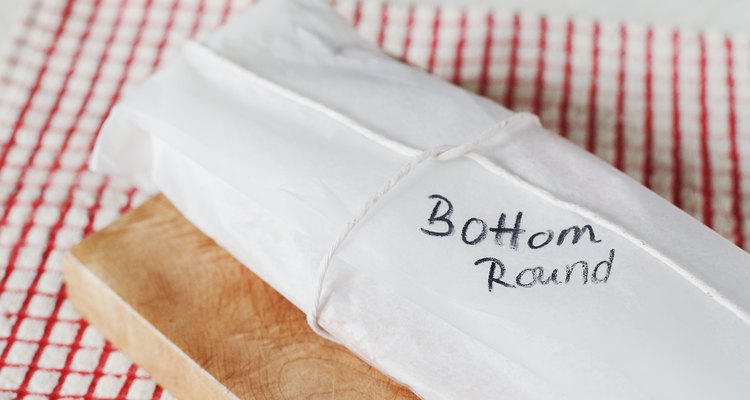
You can smoke any cut of elk but some make a better choice than others. As a guideline, don't use a cut of elk you can grill or roast, such as ribs or tenderloin, for smoking. Instead, select tough boneless cuts from the shoulder, hindquarter and neck, such as top round, bottom round and top blade. These have the least tenderness and need several hours of low-temperature cooking for palatability.
Prepping the Meat
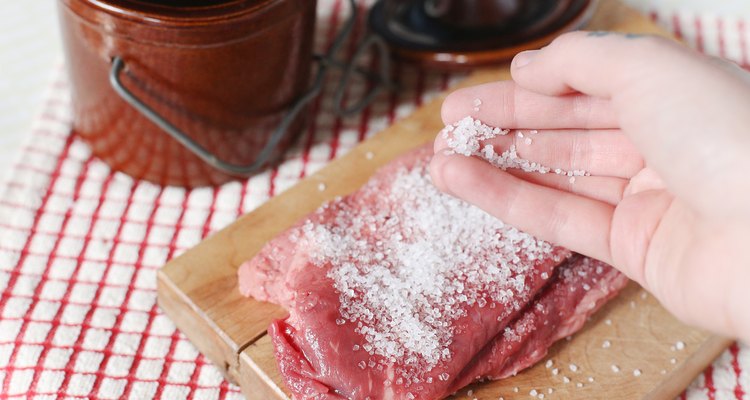
You don't have much prep work before you smoke elk, but salting early makes a big difference in tenderness. Unlike acid marinades, which mainly impart flavor and tenderize minimally, and spice rubs, which only add flavor, salt rubs applied 24 to 48 hours before smoking tenderize tough meat almost all the way through. Elk meat gets its toughness from a lack of fat as much as it does from connective tissue -- an issue you can't overcome with a marinade. Salt tenderizes meat by denaturing the protein, or loosening the tightly wound coils of fibers that make it tough. Apply a 1/4-inch layer of kosher salt to elk meat 24 hours before smoking if it weighs 2 pounds or less and 48 hours before smoking if it weighs 2 pounds or more. Wrap the meat in plastic wrap and let it cure in a shallow dish in the refrigerator until you smoke it.
Seasoning the Elk
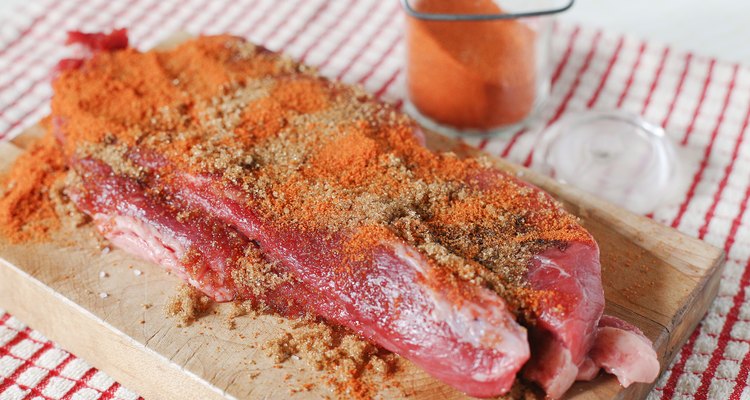
Spice rubs are your best choice for flavoring elk meat. Coating elk meat a few minutes before smoking produces the same results as letting the spices sit overnight because they only penetrate the surface 1 to 2 millimeters at most. Start with a base that covers all the taste sensations, such as equal parts garlic powder, onion powder, brown sugar and paprika, then build from there. Rinse the salt layer from the elk meat and dry it with paper towels before applying the spices. Let the meat reach room temperature in a shallow dish after you spice it.
Smoking the Elk
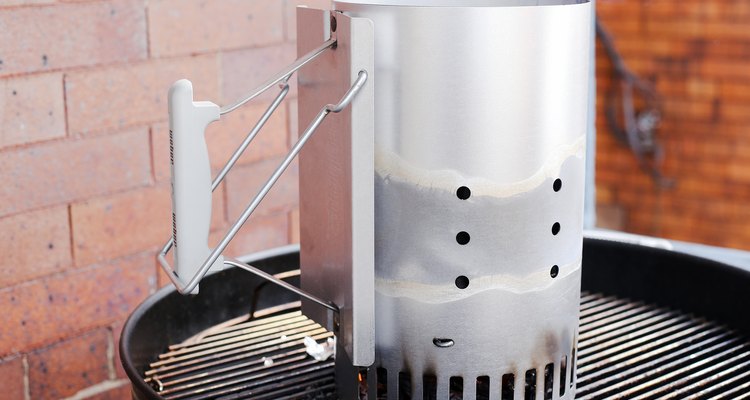
Nothing outperforms a dedicated smoker or old-fashioned smokehouse for smoking elk meat. Smokers have better insulation and maintain temperatures more consistently than barbecues. You can, however, recreate smoker conditions using a barbecue if you follow a few guidelines. Light a chimney starter filled 3/4 full with charcoal and empty it on one side of the charcoal tray. Set an aluminum pan filled with an inch of water beside it. Toss three or four hickory, apple or cherry wood chunks on the lit coals. Lay the elk meat on the grill grate over the water and close the grill. Smoke the elk until it reaches at least 145 degrees Fahrenheit as measured on a wireless digital thermometer; anticipate about an hour per pound.
Related Articles
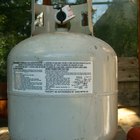
How to Barbeque a Brisket on a Gas Grill

How to Cook Lamb Without It Smelling Bad

How to Use Wood Chips in a Smoker
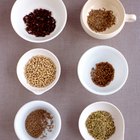
How to Smoke a Brisket & Finish it in ...
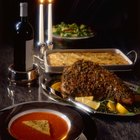
How to Smoke a Leg of Lamb Using an ...
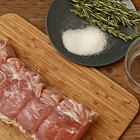
How to Brine Pork Roast

How to Smoke a Brisket With an Offset ...
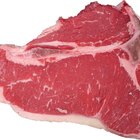
The Effect of Salt on the Tenderness of ...
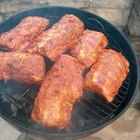
How to Smoke Ribs With a Gas Smoker

How to Cook Beef Chuck Underblade

How to Inject a Brisket

Can You Marinate a Pork Shoulder ...
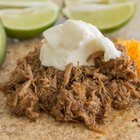
How to Make Carnitas
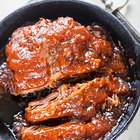
How to Cook a Choice Boneless Texas ...

How to Make a Blackbuck Antelope Roast
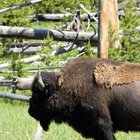
How to Smoke Buffalo Meat

How to Trim and Tie a Beef Tenderloin
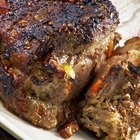
Barbecue Tips for Pork Rib Brisket
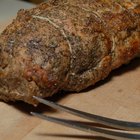
How to Save Overcooked Pork

How to Smoke a Whole Pig Leg
References
Writer Bio
A.J. Andrews' work has appeared in Food and Wine, Fricote and "BBC Good Food." He lives in Europe where he bakes with wild yeast, milks goats for cheese and prepares for the Court of Master Sommeliers level II exam. Andrews received formal training at Le Cordon Bleu.
Photo Credits
Sarah Vantassel/Demand Media